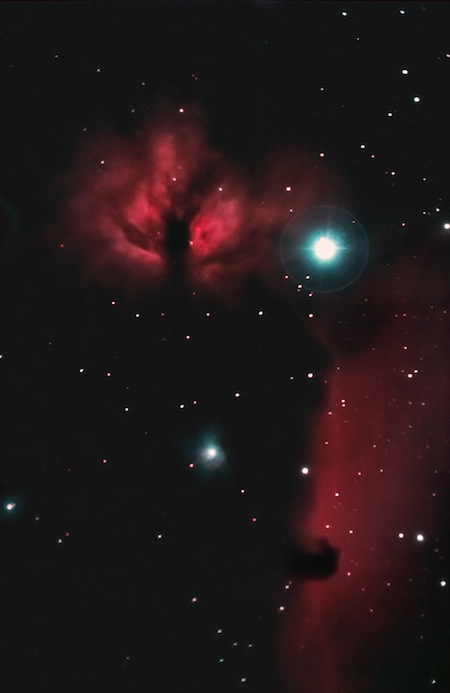
As the desert sun sets on the horizon over Greater Palm Springs and darkness envelops the valley’s floor, the sky opens up to a starry night with tremendous views of the heavens.
Once in a great while, there is the extraordinary moment when it’s possible to see a comet with the naked eye. However, most often the best views come from a high-powered telescope or similar device.
According to Bruce Gottlieb, president of the Astronomical Society of the Desert, “It’s most exciting when we find the comets. Every now and then we see them, but they move from day to day. We download coordinates to follow them, and its very exciting to witness the tail as it changes.”
If you have not explored the wondrous splendor of space up close, the Astronomical Society of the Desert hosts a monthly “Star Party” for curious stargazers and space aficionados alike. The next "party" is slated from 8-10 p.m. May 30 at the Visitors Center of the Santa Rosa/San Jacinto Mountains, 52-500 Highway 74, located right off of Monterey Avenue.
Spring and Summer months are a great time to see:
• Venus and Jupiter.
• Saturn may be visible around 9:30 p.m.
• Learn how to properly use a green laser pointer.
• You might even spy a rare comet and its ever-changing tail.
"We want to teach and show the general population how beautiful the sky is and promote appreciation for the universe.," says Gottlieb. "There is so much we can see with our small amateur telescopes. Stars, planets, galaxies, star clusters, nebula…there is a lot up there in the sky that people are unaware of.”
Approximately 40 amateur astronomers comprise the membership of this organization that offers outreach programs for local schools, participates in science nights, and provides educational opportunities for astronomy enthusiasts.
The Star Parties encourage open-minded “kids of all ages” to join in the fun of discovery. Giant binoculars and large telescopes are set up for “constellation tours” and direct observations of the night sky. They focus their devices on different objects following coordinates and precise research to give guests a diverse perspective of “what’s really up there.”
The Astronomical Society of the Desert, www.astrorx.org
Like what you're reading? Then "Like" us on Facebook and "follow" us on Twitter.